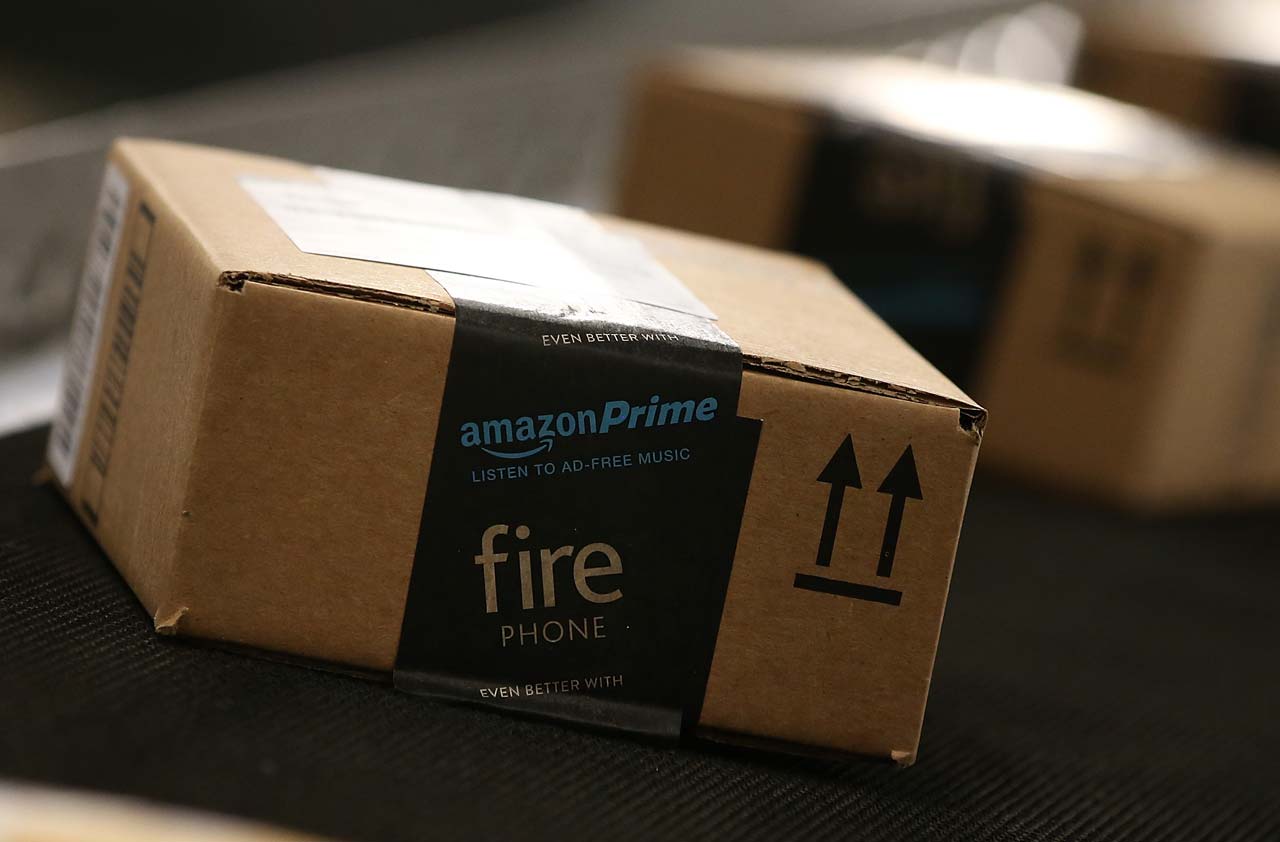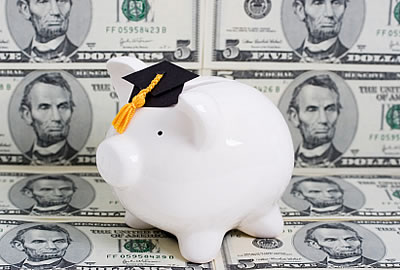Things That Will Cost More (or Less) for the Holidays
Here's what you should expect to pay for turkeys, hams, pumpkins and other seasonal staples this year.
Celebrating the string of holidays that starts in late October and runs through the end of the year doesn't come cheap. The average American will spend $74 on Halloween candy, costumes and decorations, according to projections from the National Retail Federation. That's down slightly from last year's $77. A classic Thanksgiving dinner for 10 people last year ran just under $50, according to the American Farm Bureau Federation. (Estimates for this year are not yet available.) Those celebrating Christmas, Hanukkah or Kwanzaa are expected to spend $806, on average—a few dollars more than last year and the most in all 14 years that the NRF has conducted its survey of holiday consumer spending.
A budget can help you keep your holiday spending under control. Look at last year for an idea of how much you can expect to shell out this year. But you may want to round up because some seasonal items are expected to be more expensive in 2015. For example, whole pumpkin prices are 10% to 15% higher than they were in 2014. Flooding in the Midwest and Northeast during planting season late in the spring and early summer left many farmers with smaller crops, diminishing supply. Plan to pay about 50 cents per pound. For the best prices, go to the grocery store instead of a pumpkin patch, says Teri Gault, founder of coupon and deal-spotting site The Grocery Game.
For Thanksgiving, turkey prices will be about 16% higher—$1.32 per pound versus last year's average of $1.14. Flocks are still recovering from a devastating outbreak of bird flu that killed millions of turkeys and chickens. But keep an eye out for special deals in November. Many grocers will slash turkey prices to lure shoppers in the door. Gault reports seeing turkeys weighing 18 pounds or more last year marked down to between $3 and $5 apiece—and she expects we'll see similar deals this year. "It's the cheapest meat of the entire year," she says.

Sign up for Kiplinger’s Free E-Newsletters
Profit and prosper with the best of expert advice on investing, taxes, retirement, personal finance and more - straight to your e-mail.
Profit and prosper with the best of expert advice - straight to your e-mail.
Deals for ham around Christmas (and again around Easter) will be similar. As with turkeys, stores use traditional holiday hams to attract customers. And this year, you may find ham particularly affordable. Herds are plentiful, having rebounded well after a virus that killed nearly 10% of U.S. hogs last year, and prices are dropping. Look to pay close to $4 per pound for boneless ham, down from an average of $4.35 last year.
Actually, Gault says, you can snag a lot of great deals at the supermarket around the holidays. "This is the big time to really stock your pantry," she says. "You're going to find the lowest prices of the year on canned goods, stuffing, broths, kosher foods—all the traditional things that pertain to the holidays."
The sales extend to the produce section for yams, green beans and other standard holiday sides, as well as the baking aisle, allowing you to build an entire menu from discounted items. "That's how you should plan your holiday meals," says Gault. "Plan them around the deals."
Bargains on Christmas trees
Beyond the grocery store, you should also be able to get a good price on Christmas trees this year because you'll have plenty to choose from. Thanks to their well-established root systems, traditional firs were largely spared from the drought that has plagued other crops in the West. Farmers are increasingly growing smaller trees, about three feet tall, which typically sell for less. And the squat conifers are great for urban dwellers: easier to transport and more suitable for apartments than their towering counterparts.
To find the best deal, shop around at all the different types of Christmas tree sellers, including farms, big retailers and churches. Pricing can vary greatly; some places may offer a flat rate for all of their trees while others may charge by the foot or based on the species. "Call ahead and ask about rates," suggests Rick Dungey, director of the National Christmas Tree Association. "What you don't want to do is be surprised."
Get Kiplinger Today newsletter — free
Profit and prosper with the best of Kiplinger's advice on investing, taxes, retirement, personal finance and much more. Delivered daily. Enter your email in the box and click Sign Me Up.

-
 Stock Market Today: Trump Retreats, Markets Rejoice
Stock Market Today: Trump Retreats, Markets RejoiceStocks rally, yields soften, the dollar rises, and even beaten-down names enjoy the wages of potential trade peace.
By David Dittman
-
 In Trump’s Economy Should 401(k) Savers 'Set It and Forget It?'
In Trump’s Economy Should 401(k) Savers 'Set It and Forget It?'It’s hard to bury your head in the sand when the markets are volatile. Here’s when it makes sense and when it doesn’t.
By Donna Fuscaldo
-
 Five Reasons You Shouldn't Shop on Amazon Prime Day
Five Reasons You Shouldn't Shop on Amazon Prime DaySmart Buying Think twice before getting lured into buying a bunch of stuff you don't need just because it's on sale.
By Andrea Browne Taylor
-
 Five Ways to Save on Vacation Rental Properties
Five Ways to Save on Vacation Rental PropertiesTravel Use these strategies to pay less for an apartment, condo or house when you travel.
By Cameron Huddleston
-
 How to Avoid Annoying Hotel Fees: Per Person, Parking and More
How to Avoid Annoying Hotel Fees: Per Person, Parking and MoreTravel Here's how to avoid extra charges and make sure you don't get stuck paying for amenities that you don't use.
By Cameron Huddleston
-
 Best Cash Back Credit Cards of 2025
Best Cash Back Credit Cards of 2025Credit Cards If you're searching for a credit card that rewards you for everyday purchases, we've chosen the best.
By Ellen B. Kennedy
-
 How to Spend $1,000: Find Cheap (or Free) Online Courses to Build Career Skills
How to Spend $1,000: Find Cheap (or Free) Online Courses to Build Career SkillsSmart Buying There's a huge array of skill-building online courses that can level up your career for under $1,000.
By Kim Clark
-
 MoviePass is Relaunching. Should You Sign Up?
MoviePass is Relaunching. Should You Sign Up?Smart Buying The subscription discount movie card company has a checkered past and an army of disillusioned former cardholders. If you want to try the reboot, you’ll need to hurry.
By Bob Niedt
-
 HBO Max Is Offering Huge Discounts
HBO Max Is Offering Huge DiscountsSmart Buying Looking for a streaming service deal? Warner Bros. Discovery is cutting the price of HBO Max.
By Bob Niedt
-
 Are You Streaming Too Much? What the Discovery+/HBO Max Mashup Means
Are You Streaming Too Much? What the Discovery+/HBO Max Mashup MeansSmart Buying Fewer original scripted series? Maybe. And maybe it’s time to unsubscribe.
By Bob Niedt
